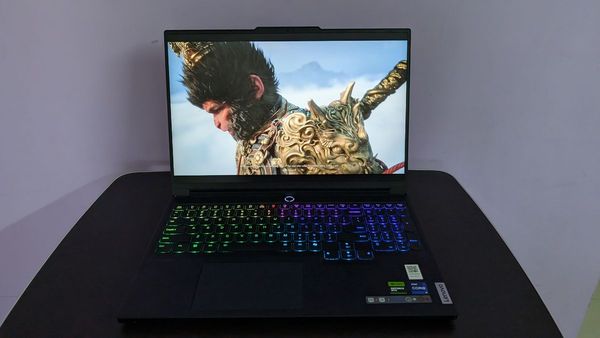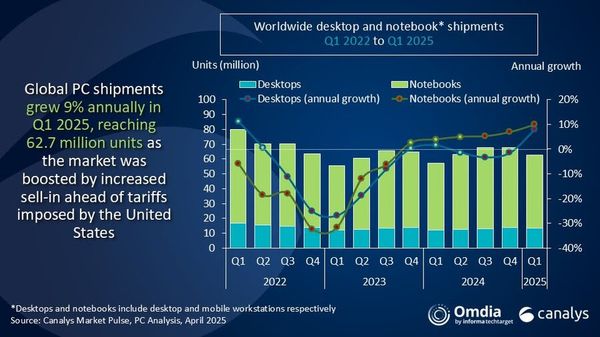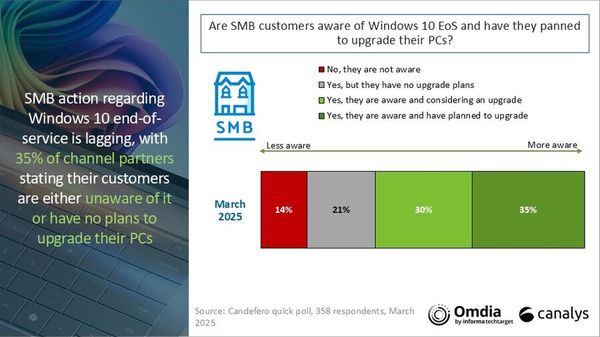After a slow couple of years, the global PC market finally caught a break. According to new data from Canalys, worldwide shipments of desktops, notebooks, and workstations grew by 9.4% in the first quarter of 2025. That’s 62.7 million units shipped between January and March, with notebooks accounting for the bulk of it at 49.4 million units.
But while the numbers look good on paper, the reality behind them is more nuanced. Much of the growth seems to have come from OEMs rushing shipments into the U.S., trying to get ahead of a fresh wave of tariffs under the Trump administration. That makes the Q1 boost feel more like a temporary buffer than a long-term recovery.

Pre-Tariff Stockpiling Drove Q1 Numbers
Vendors like Lenovo and HP weren’t waiting around. Lenovo grew its U.S. shipments by around 20%, and HP by 13%, just to get ahead of potential cost hikes. The idea was to stock up before tariffs went into effect on April 9, giving retailers and partners enough inventory to ride out the initial phase.

This kind of preemptive stockpiling isn’t new, but it does tend to skew short-term numbers. As inventory levels normalize and end-user demand stays flat, the next few quarters might not carry the same momentum.
Windows 10 End-of-Support Still Not on Everyone’s Radar
Adding to the complexity is the October 2025 deadline for Windows 10 support, which should, in theory, drive a big upgrade cycle—especially among small and midsize businesses. But a Canalys survey from March shows a more uneven picture: 14% of SMB partners said their clients weren’t even aware of the deadline, and 21% said their clients had no plans to upgrade.

That’s a red flag. With tariffs adding to costs, many of these businesses might be forced to refresh their hardware in a pricier market—possibly even rushing decisions in the final quarter of the year.
Apple Gains Ground, Dell Rebounds Slightly
Looking at vendor performance, Lenovo retained its top spot with 15.2 million units shipped. HP followed at 12.8 million, while Dell managed modest growth of 3% after several flat quarters. The biggest mover, though, was Apple, growing its shipments by 22% year-over-year to hit 6.5 million units, enough for a 10.4% market share.
Supply Chains Are Shifting—but Still Facing Uncertainty
On the production side, most major OEMs are now deep into efforts to shift manufacturing out of China, a trend that began during Trump’s first term. Countries like Vietnam, India, and Thailand are picking up the slack, though they’re not immune to tariffs either.
In a recent earnings call, HP CEO Enrique Lores said that by the end of 2025, 90% of HP’s U.S.-bound products will be made outside of China. It’s a major shift, but one that still carries risk—especially as tariff terms remain fluid and China has already responded with retaliatory measures.
Best Mobiles in India






























